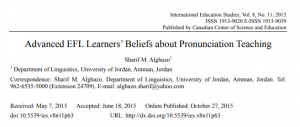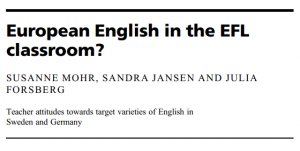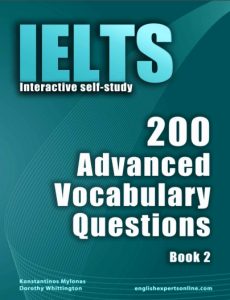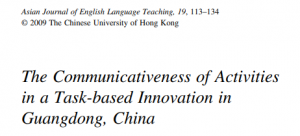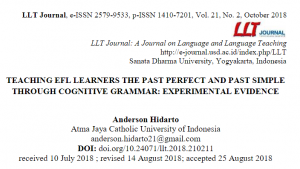PDF #176 – Philip Durkin. 2014. Borrowed Words: A History of Loanwords in English

Borrowed Words in English – Philip Durkin’s monograph deals with loanwords. Thousands of which have been absorbed into English ever since the fifth century A.D. up to the present day. Originating from a host of languages which English came into contact with. From classical languages to tongues and dialects spoken in far-flung corners of the world. Words of foreign origin now make up a substantial proportion of English vocabulary. Given the pervasive nature of loanwords. Particularly those representing the major inputs in the development of English, it is hardly surprising that they have been examined by a number of scholars. They have also been synthesized in outline histories of the English language. Never before, however, have they been investigated with such breadth of inquiry as introduced by Durkin.
It is noteworthy that the last monograph devoted solely to the topic, was Mary Serjeantson’s A History of Foreign Words in English (1961). It was published originally in 1935. Needless to say, it is now seriously out of date, so the time was ripe for a volume that would update the then current state of research. Availing himself of recent achievements in contact and historical linguistics, Durkin endeavoured to take a fresh look at lexical borrowing in English, presenting facts and figures on the basis of an impressive range of dictionaries, corpora, and, where relevant, individual studies (e.g. Skaffari 2002). It is thus a timely and long-awaited book that surpasses its predecessor in practically every respect, including the quality of methodology and the amount of research data.
After reading “Borrowed Words in English”, you can check important issues for ESL teachers on the section PDFs. And visit my channel by YouTube.

